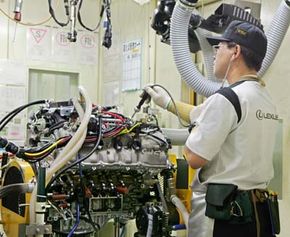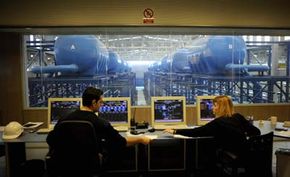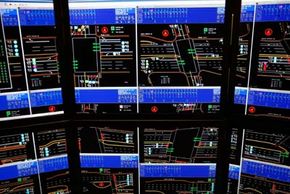A car's microchip tells the engine how to operate under various conditions so that the car can achieve the best fuel economy. Computers link production plants together to monitor and maximize production.
For years, the machines used to make our life easier have been getting smarter as their internal computer processors and software tell them what to do based on the parameters we provide.
Advertisement
When machines "talk" they do so in a language known as "telemetry." The concept of telemetry -- remote machines and sensors collecting and sending data to a central point for analysis, either by humans or computers -- certainly isn't new. But an emerging concept is taking that idea to a whole new level by applying modern-networking technology.
Three very common technologies -- wireless sensors, the Internet and personal computers -- are coming together to create machine-to-machine communications, or M2M. The concept holds great promise in promoting telemetry's use by business, government and private individuals.
M2M communications, for instance, can be used to more efficiently monitor the condition of critical public infrastructure, such as water treatment facilities or bridges, with less human intervention. It can help businesses maintain inventory or make it easier for scientists to conduct research. Because it relies on common technology, it also could help a homeowner maintain the perfect lawn or create a shopping list at a button's touch.
M2M communications expands telemetry's role beyond its common use in science and engineering and places it in an everyday setting. People already are using M2M, but there are many more potential applications as wireless sensors, networks and computers improve, and the concept is mated with other technology.
How has M2M communications developed? How is it different from traditional telemetry? And what are the various applications for M2M communications? Read on to find out more about M2M.
Advertisement



